| I know many people who have lack-luster performance in their portfolios; particularly their retirement accounts. They just don't believe that it is possible to "safely" generate double-digit returns in the market without taking considerable risk. Many of them think they have had a good year if their annualized returns are between 6% to 10%. We are talking about people with portfolios of at least $400 thousand to millions of dollars. Now don't get me wrong... 6% to 10% yield is great, especially if it is within a short period of time or you didn't have much money to start with. | MARKET CONDITIONS Why settle for that when you can "safely" increase that yield by simple "hedging" your investment. Many people think that people who participate in option strategies are risk takers and like the "gambling" or volatility element that the stock market offers. I don't know about you but I actually work for a living and I can't imagine taking risks with my children's educational costs, my retirement objectives or even my lifestyle. If I want to gamble my money away, I'd go to a casino. Investing in the market doesn't have to be a gamble or even risky if you follow a few simple guidelines. First and foremost educate yourself about any and everything you don't understand. No broker or financial planner should have a better idea of what you should do with YOUR money than yourself. Second be conservative in your investment strategy... that is if your are interested in building wealth. Finally, learn how to hedge...hedge...hedge! Nothing in life is guaranteed but death and taxes; well taxes for most people. |
By Austin Hatley
I can't believe more people aren't taking advantage of this...
With bond yields near record lows and traditional income securities like savings accounts and certificates of deposit earning next to nothing, we're regularly finding "instant yields" as high as 9.2%... 13.7%... and even some as much as 19.8%.
For instance, right now our research is showing an opportunity to collect a $1,575 cash payment from Visa (NYSE: V) for a 7.8% instant yield... a $980 cash payment from Starbucks (NYSE: SBUX) for a 12.8% instant yield... and we've even identified an opportunity to earn a $2,070 payment from International Business Machines (NYSE: IBM) for a 15.3% instant yield.
I can't believe more people aren't taking advantage of this...
With bond yields near record lows and traditional income securities like savings accounts and certificates of deposit earning next to nothing, we're regularly finding "instant yields" as high as 9.2%... 13.7%... and even some as much as 19.8%.
For instance, right now our research is showing an opportunity to collect a $1,575 cash payment from Visa (NYSE: V) for a 7.8% instant yield... a $980 cash payment from Starbucks (NYSE: SBUX) for a 12.8% instant yield... and we've even identified an opportunity to earn a $2,070 payment from International Business Machines (NYSE: IBM) for a 15.3% instant yield.
And the best part thing about these "instant yields" is that there's nothing complicated about them. To collect, you don't have to monitor your brokerage statement daily. Nor do you need a million-dollar bank account and access to a high-powered financial advisor.
In fact, all you really need is 100 shares of a single stock -- and the willingness to sell those shares for a profit.
I'm talking, as you might have guessed, about selling covered calls.
You've heard or read about a covered call strategy before which involves selling call options on stocks that you already own. In exchange for selling the options, you receive upfront payments known as premiums. These premiums can range from a few hundred dollars to $10,000 or more, depending on the size of your investment.
In exchange for paying the premium, the buyer now has the "option" to buy that stock from you for a specific price known as the option's strike price. Whether or not he exercises that option depends on the stock's price the day the option expires.
If, on that day, the stock is trading above the option's strike price, you'll be required to sell those shares -- usually for a profit -- to the option buyer. If the stock is trading below the option's strike price, then the option expires worthless and you keep the premium with no further action required on your part.
Think about that for second.
I don't know anyone who buys a stock without wanting to sell it eventually. Even long-term growth investors usually have a price target for most of their underlying holdings.
So why not get paid while you wait for your stocks to get there?
That's essentially what covered calls allow you to do. By selling covered calls, you're generating a constant income stream while waiting for your stock holdings to appreciate in value.
Since you already own the stocks you're writing the options on, and you're willing to sell those stocks when they reach your target price, employing this strategy adds zero additional downside risk...
But at this point you're probably wondering: What if the stock declines in value?
In that scenario, selling covered calls can only help you.
Remember, to sell covered calls, you have to actually own the stock you're writing the option on. So regardless of whether you use this strategy, your portfolio is still going to take a hit from the declining share price.
But the beauty of covered calls is that they let you offset some of the damage. That's because for every premium you receive, you simultaneously lower your cost basis in that investment.
To see how it works, consider International Business Machines (NYSE: IBM).
Last year, the $206 billion IT services company was one of 39 stocks in the S&P 500 to finish 2013 in the red. All told, IBM fell from $192 a share in January to below $187 by December 31 -- a 3.1% loss on the year. As a result of that lackluster performance, I'm willing to bet most IBM shareholders lost money on the stock during the past 12 months.
But for people selling covered calls, IBM wasn't nearly as much of a disappointment. In fact, chances are those investors actually made money on the stock last year.
That's because for most of 2013, options investors were able to generate anywhere from $200 to $400 every two months by selling covered calls on IBM.
Just how much they received depends on both the length of the contract (how long until the option expires) and the value of the strike price.
For example, right now IBM trades near $188 a share -- close to where it sat at the beginning of 2013. In order to generate what we call "instant income," investors could sell March $190 calls on IBM for $4.80 a share. Since each contract controls 100 shares, the trade would generate approximately $480 in "instant income." As long as IBM isn't trading above $190 the day the option expires, you'll get to retain your shares and keep the premium you collected as pure profit.
Since in this example the trade lasts roughly two months, you could repeat this process six different times over the course of a single year. Assuming you get roughly $4.80 every time you sell a call, you would essentially generate a whopping 15.3% "yield" ($28.80/$188) on your investment.
Another way to think of it is that you're lowering your cost basis by $28.80. So instead of losing 3% like everyone else, covered call investors could have earned as much as 13% by investing in IBM. And that's before even considering IBM's dividend, which currently pays another 2% annually.
That's the power of this strategy. Regardless of what your portfolio looks like, you can dramatically juice your returns by selling covered calls. All you need is at least one stock you're willing to sell at a profit if it jumps higher.
What's more, while this strategy works great for big blue-chip companies like IBM, you can earn even more income -- and get even higher returns -- if you're willing to use this strategy on companies that aren't as well known.
In fact, all you really need is 100 shares of a single stock -- and the willingness to sell those shares for a profit.
I'm talking, as you might have guessed, about selling covered calls.
You've heard or read about a covered call strategy before which involves selling call options on stocks that you already own. In exchange for selling the options, you receive upfront payments known as premiums. These premiums can range from a few hundred dollars to $10,000 or more, depending on the size of your investment.
In exchange for paying the premium, the buyer now has the "option" to buy that stock from you for a specific price known as the option's strike price. Whether or not he exercises that option depends on the stock's price the day the option expires.
If, on that day, the stock is trading above the option's strike price, you'll be required to sell those shares -- usually for a profit -- to the option buyer. If the stock is trading below the option's strike price, then the option expires worthless and you keep the premium with no further action required on your part.
Think about that for second.
I don't know anyone who buys a stock without wanting to sell it eventually. Even long-term growth investors usually have a price target for most of their underlying holdings.
So why not get paid while you wait for your stocks to get there?
That's essentially what covered calls allow you to do. By selling covered calls, you're generating a constant income stream while waiting for your stock holdings to appreciate in value.
Since you already own the stocks you're writing the options on, and you're willing to sell those stocks when they reach your target price, employing this strategy adds zero additional downside risk...
But at this point you're probably wondering: What if the stock declines in value?
In that scenario, selling covered calls can only help you.
Remember, to sell covered calls, you have to actually own the stock you're writing the option on. So regardless of whether you use this strategy, your portfolio is still going to take a hit from the declining share price.
But the beauty of covered calls is that they let you offset some of the damage. That's because for every premium you receive, you simultaneously lower your cost basis in that investment.
To see how it works, consider International Business Machines (NYSE: IBM).
Last year, the $206 billion IT services company was one of 39 stocks in the S&P 500 to finish 2013 in the red. All told, IBM fell from $192 a share in January to below $187 by December 31 -- a 3.1% loss on the year. As a result of that lackluster performance, I'm willing to bet most IBM shareholders lost money on the stock during the past 12 months.
But for people selling covered calls, IBM wasn't nearly as much of a disappointment. In fact, chances are those investors actually made money on the stock last year.
That's because for most of 2013, options investors were able to generate anywhere from $200 to $400 every two months by selling covered calls on IBM.
Just how much they received depends on both the length of the contract (how long until the option expires) and the value of the strike price.
For example, right now IBM trades near $188 a share -- close to where it sat at the beginning of 2013. In order to generate what we call "instant income," investors could sell March $190 calls on IBM for $4.80 a share. Since each contract controls 100 shares, the trade would generate approximately $480 in "instant income." As long as IBM isn't trading above $190 the day the option expires, you'll get to retain your shares and keep the premium you collected as pure profit.
Since in this example the trade lasts roughly two months, you could repeat this process six different times over the course of a single year. Assuming you get roughly $4.80 every time you sell a call, you would essentially generate a whopping 15.3% "yield" ($28.80/$188) on your investment.
Another way to think of it is that you're lowering your cost basis by $28.80. So instead of losing 3% like everyone else, covered call investors could have earned as much as 13% by investing in IBM. And that's before even considering IBM's dividend, which currently pays another 2% annually.
That's the power of this strategy. Regardless of what your portfolio looks like, you can dramatically juice your returns by selling covered calls. All you need is at least one stock you're willing to sell at a profit if it jumps higher.
What's more, while this strategy works great for big blue-chip companies like IBM, you can earn even more income -- and get even higher returns -- if you're willing to use this strategy on companies that aren't as well known.
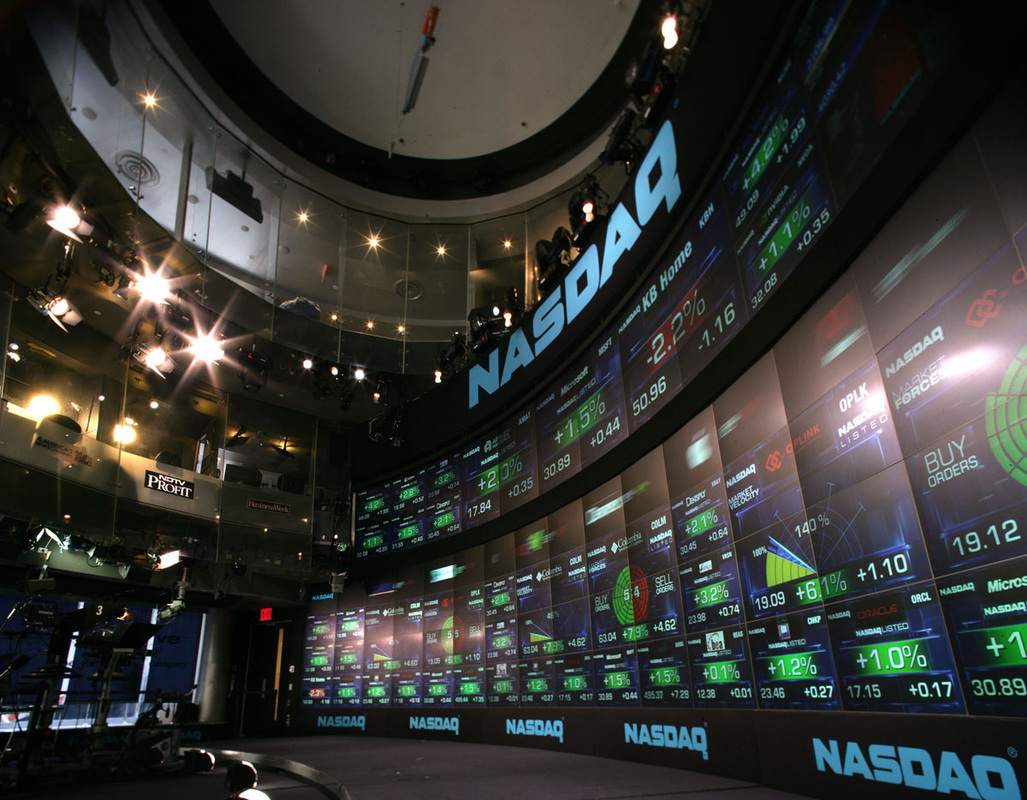


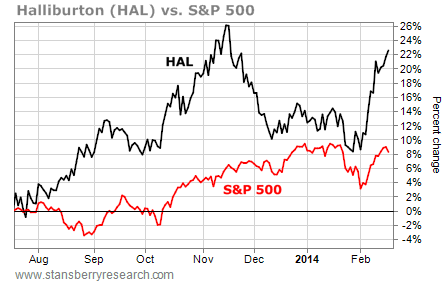

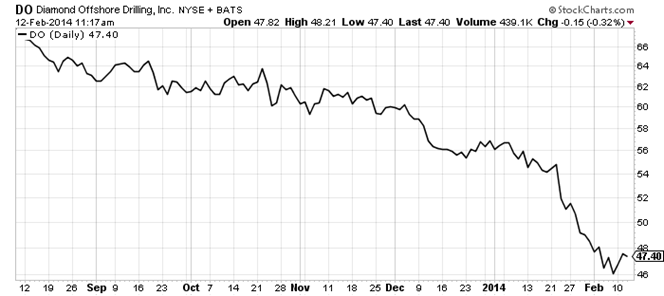
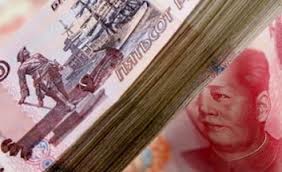
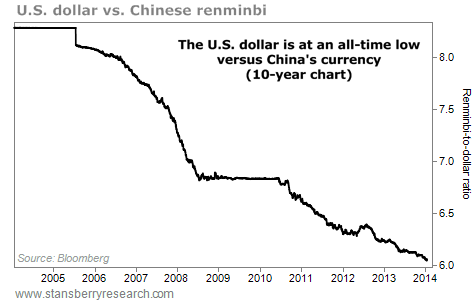



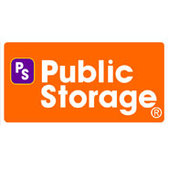
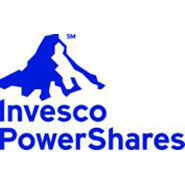
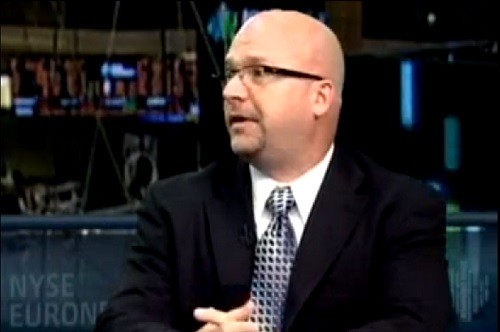
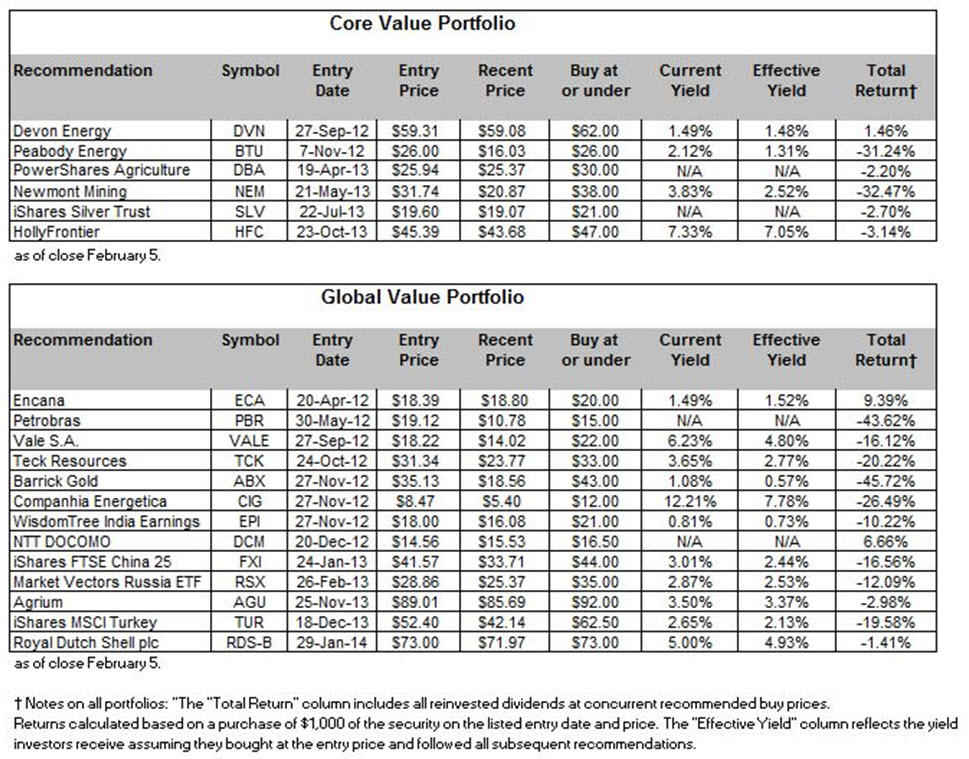
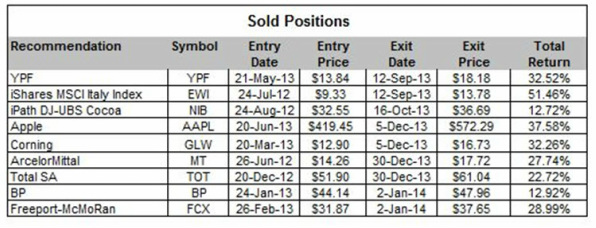
 RSS Feed
RSS Feed
